Engawa and suikinkutsu and my fascination with Japanese architecture
(Re-post of a January 10, 2011 blog in my old site)
The word engawa led me to the blog of Mr. Ken Mori, Pursuing Wabi. It was on a typical work-at-home day when I was working on a client’s paper about Japanese architecture. I looked for posts about it and was glad to discover that it is actually that part of a typical Japanese house, the part that I liked most (I used ‘that’ here because I have always liked it but did not even know how is it really called. Forgive my ignorance!). It is also similar to what we call papag or balkonahein the typical Filipino huts or cottages particularly those in the provinces.
Anyway, as Mr. Mori described it, “an engawa is a narrow space that serves as a transition space between the indoors and outdoors.” The photo on the right is a typical engawa. (With special thanks to the Japanese Architecture and Art Net Users System.)
The JAANUS site also shared the following notes about engawa: “Also written 掾側. The area beside or surrounding the straw matted tatami 畳, floor of a room or veranda in Japanese dwellings. Formerly, en 縁 and engawa were interchangeable terms, but engawa now usually refers to a veranda that is either partly inside the building with sliding doors protecting it from rain, or a completely exposed veranda.”
I feel blessed that Mr. Mori was so kind to allow me to repost the photos of his house (Thank you so much, Mr. Ken!). His blog is quite an interesting read because it shares his and his wife’s journey as they built their house in California (Japanese-inspired, of course). I suppose that Mr. Mori is from Japan with Japanese lineage and it is always nice to hear stories about one embracing his roots in every facet of his life, including the design of his dream house! JR and I also have dreams of building our own home and we will definitely incorporate the principles of Japanese architecture and eco-design. Engawa and suikinkutsu (this is described below) will definitely be two of the best features of this future house!
Suikinkutsu is a beautiful proof of God’s magic and man’s ingenuity. Literally translated, “water harp chamber,” it is an underground water-based musical instrument that is typically constructed in Japanese-inspired gardens and even places of worship. It was not originally intended for gardens but more for religious occasions and rituals (e.g., washing of hands before a Japanese tea ceremony) but because of the beautiful and unique sounds that it creates, many home owners and builders have been inspired to incorporate it in their landscaping. So you can better understand it, here is a photo of a typical suikinkutsu (photo courtesy of Oddstruments.com).
The suikinkutsu’s magical sound is created by the play up of the water and the structure itself. Here is a diagram of the system so that you can further appreciate its structure and beauty (deepest thanks to jgarden.org for this photo):
If you want to have an idea on how beautiful the sound is, here is a brief sample from the Suikinkutsu in Enkohji-Temple, Rakuhoku Kyoto, Japan, shared in YouTube by “hide564″. Isn’t it beautiful and relaxing?
I will now stop rambling and let you enjoy the photos of Mr. Mori’s beautiful house. I will post the photos in my best attempt at chronological order (i.e., from the early to the last phases of the construction) but I hope Mr. Mori will forgive me if some photos will not appear in their proper order. Take note of the beautiful pond by the engawa and the “burned” wood facade of the fence surrounding the structure. I also liked it because of the ‘movable’ walls, which allow them open-air ambience when the weather is good. For the nice stories behind the photos, I invite you all to drop by Mr. Mori’s blogsite. (Update: He also recently uploaded a video clip of his house! You can view it a http://blip.tv/dwell/the-wabi-house-5435862t)
Enjoy the photos then! Happy 2011! May this year bring many inspiration-filled moments, opportunities for growth, amazing travels, new friends, love and hugs, and material and spiritual abundance!
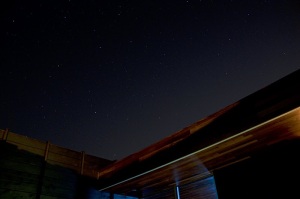
I guess this is the most important part of the house: the best views of the night skies! (Photo credits: Ken Mori)
Thank you once again, Mr. Mori! For more info and insights on Japanese and eco-design architecture and farming systems, here is another interesting site called, Earth Embassy: Sustainable Living Solutions. I want to write another blog related to one of their services, the building of energy-independent homes, which involves the setting up of wind and solar power systems! I have always been a proponent of renewable energies and hubby and I intend to build an eco-home and farm someday.
Anyway, another interesting and beautiful house that is inspired by Japanese architecture is found at ColourlessDesign.com (view the Shimogamo House and become fascinated as well!)
____________
This is not a paid blog.




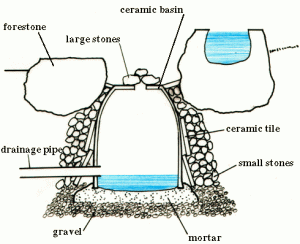
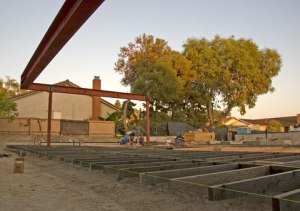

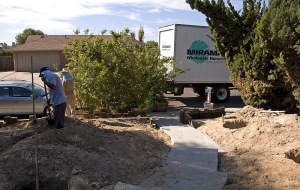

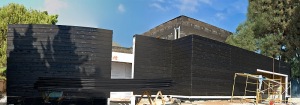
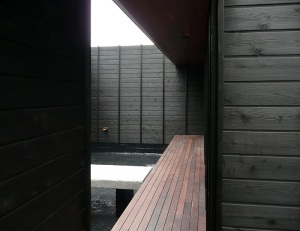
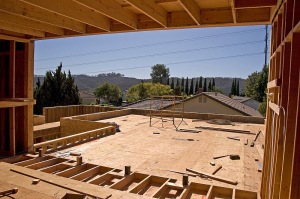

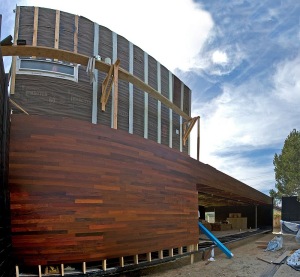

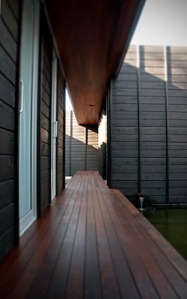
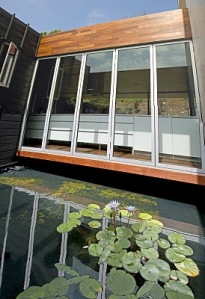
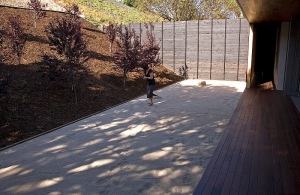


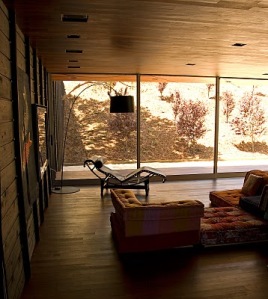
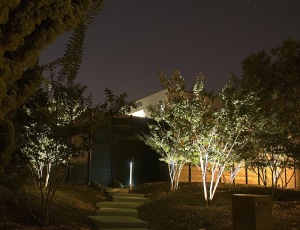

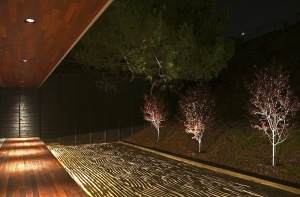

Leave a Reply